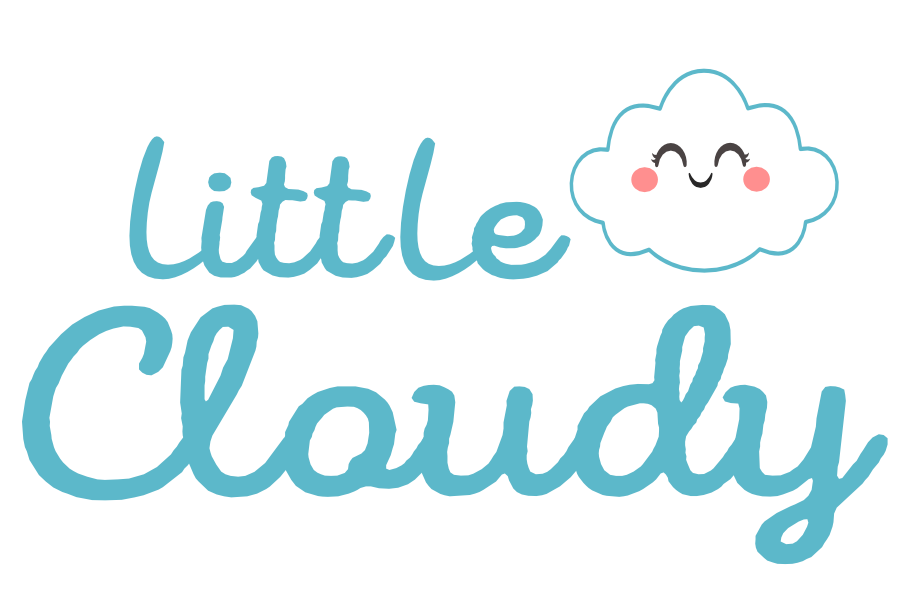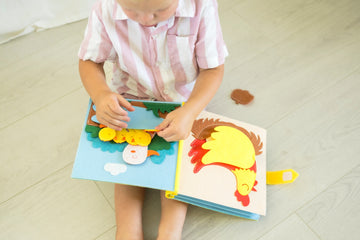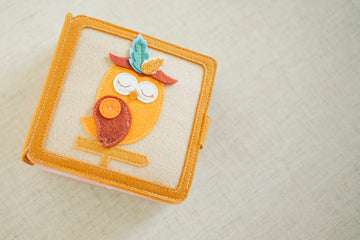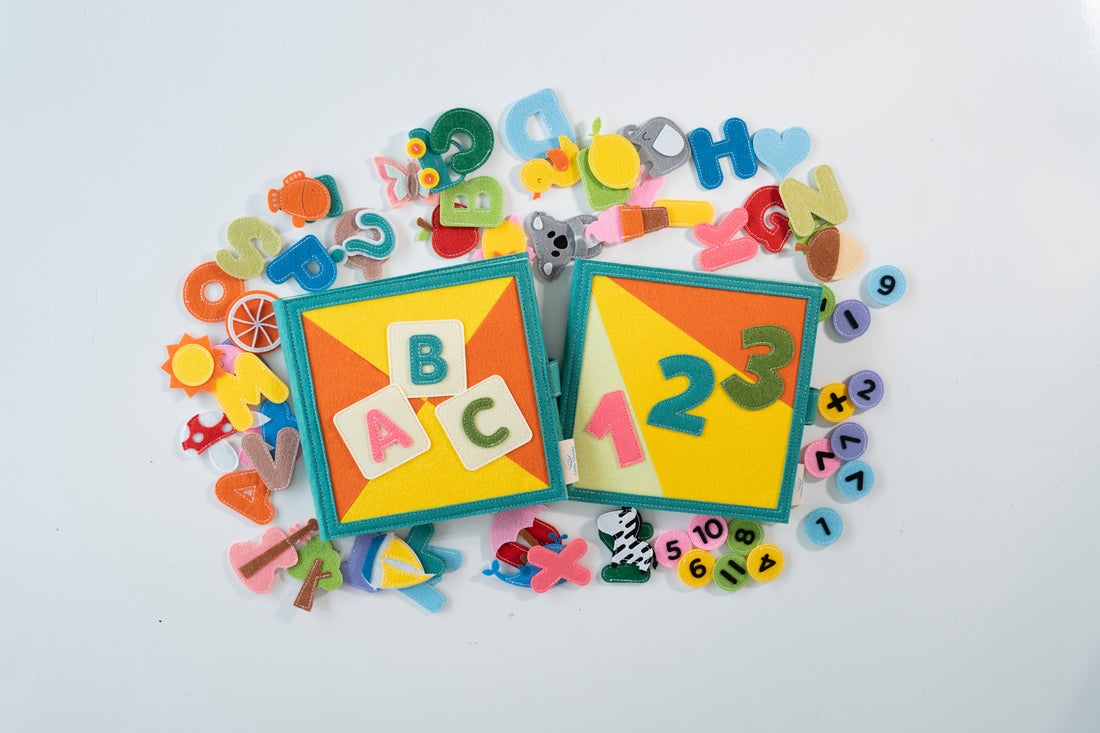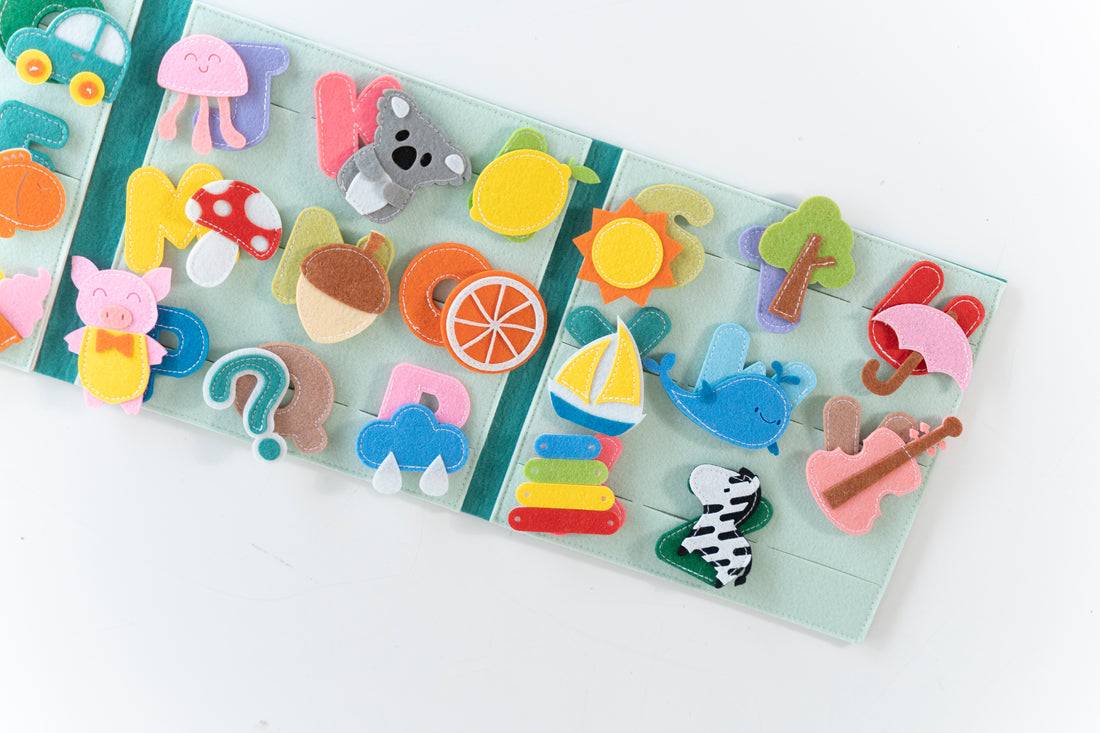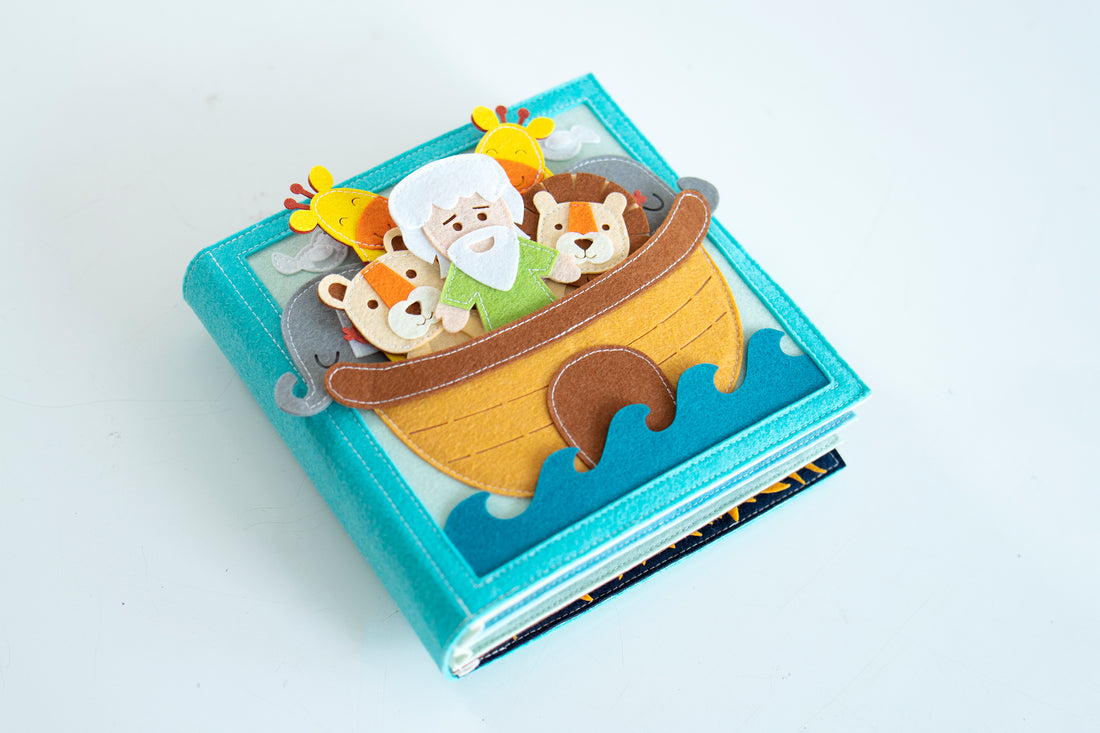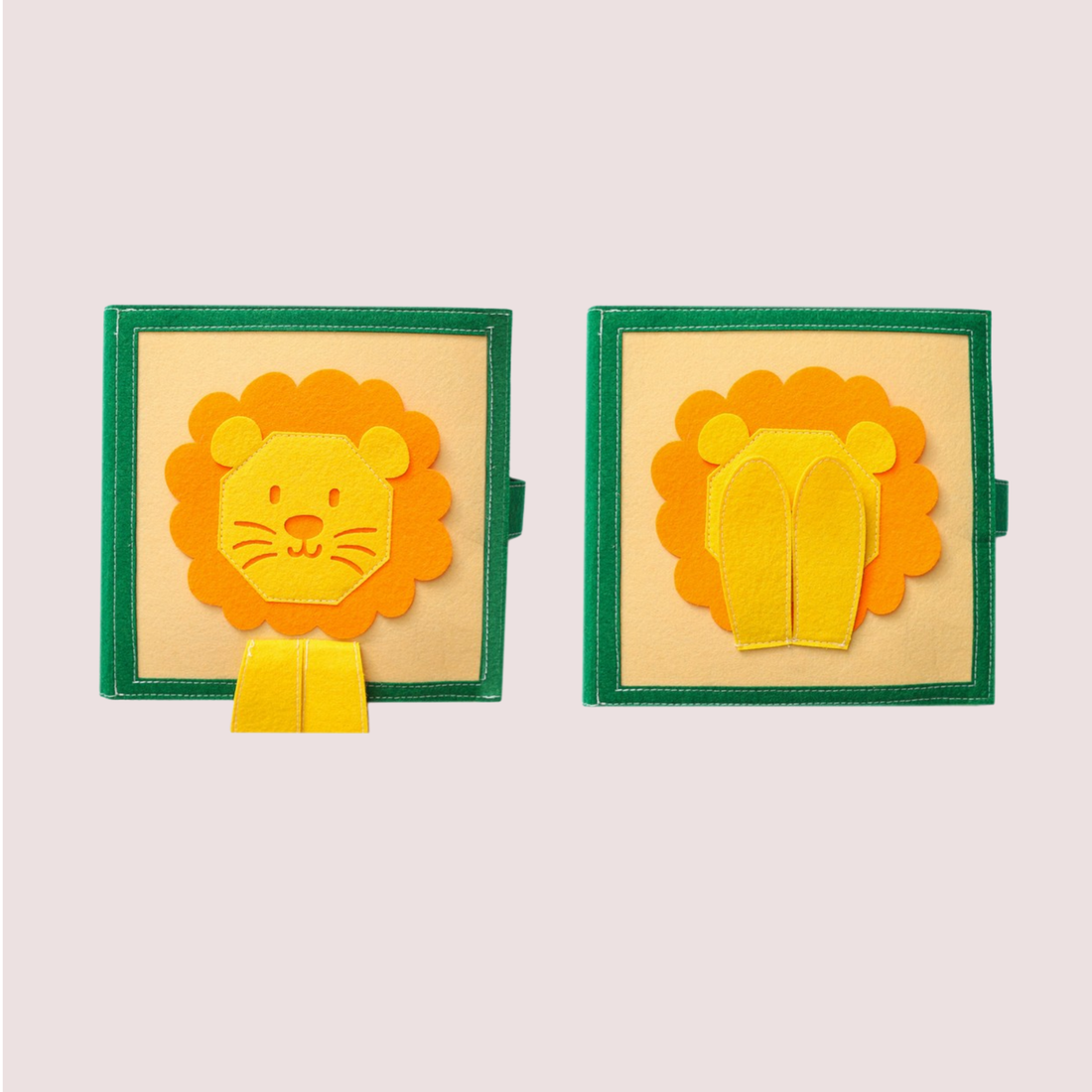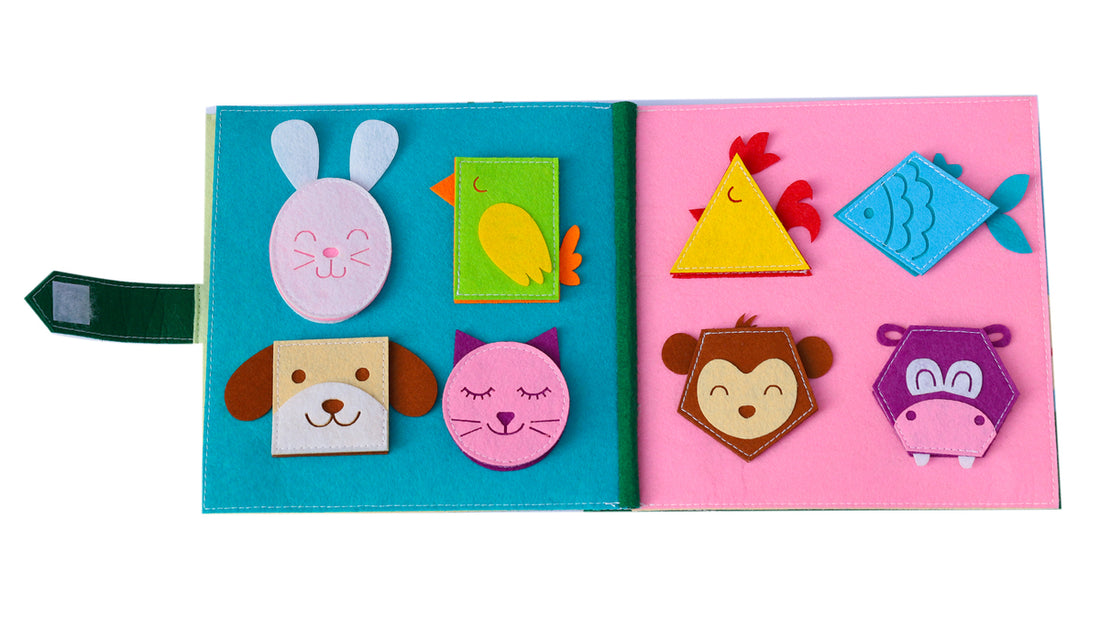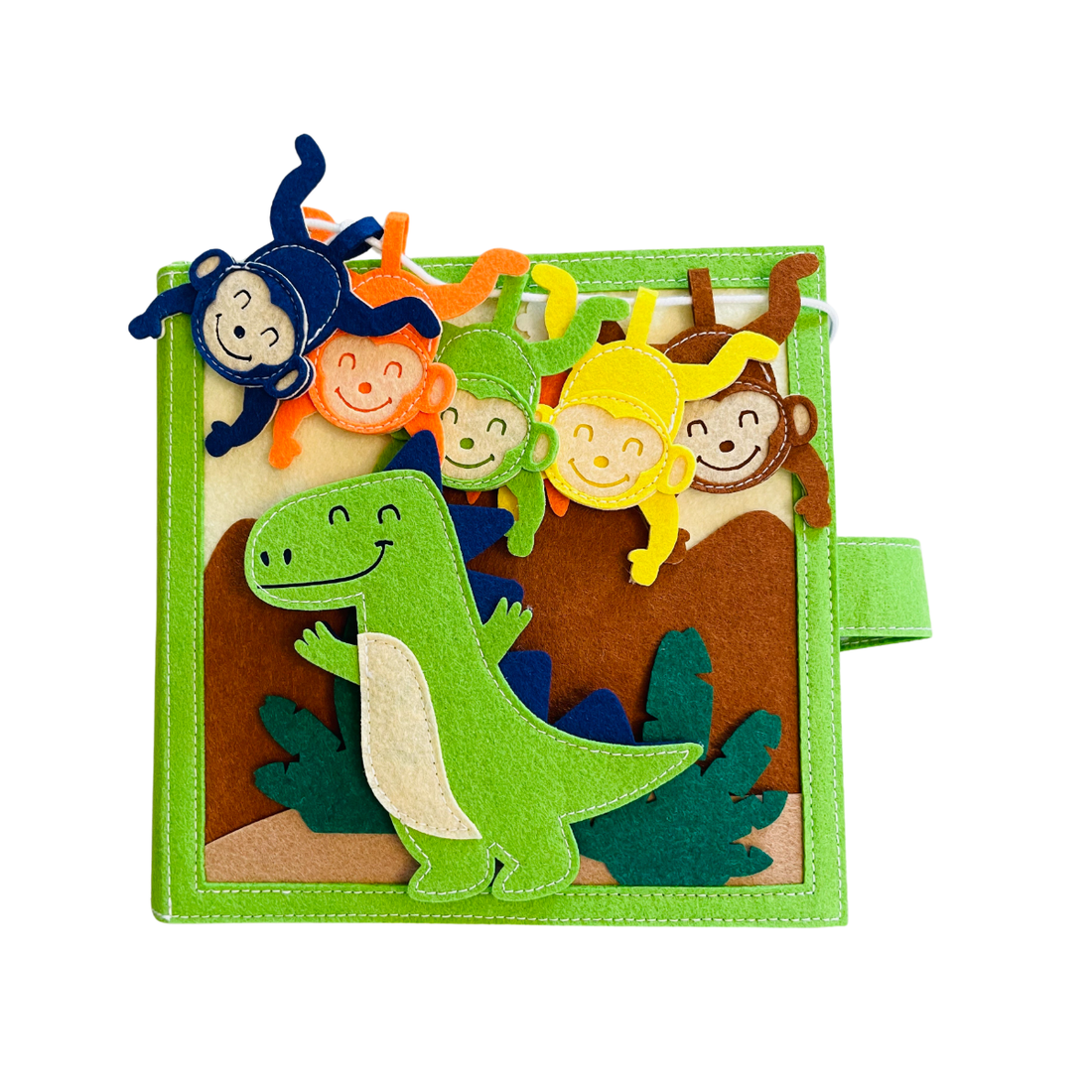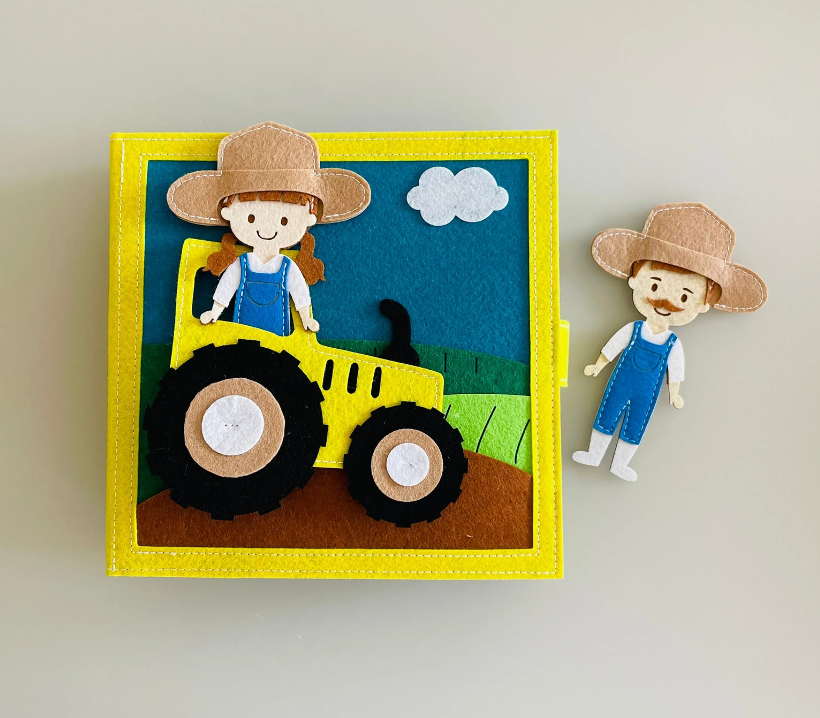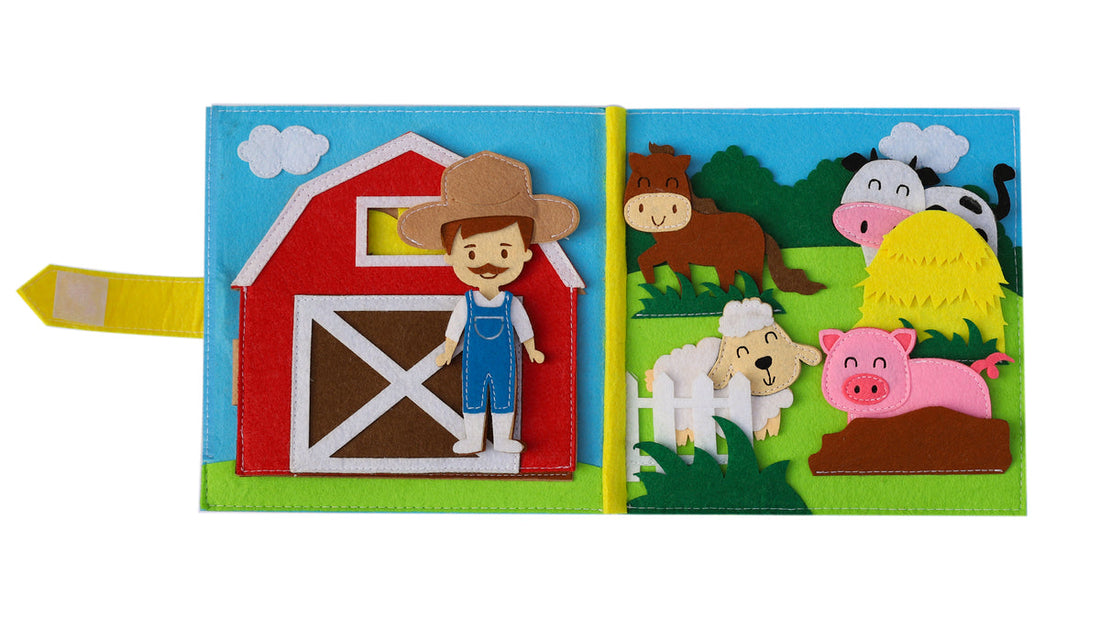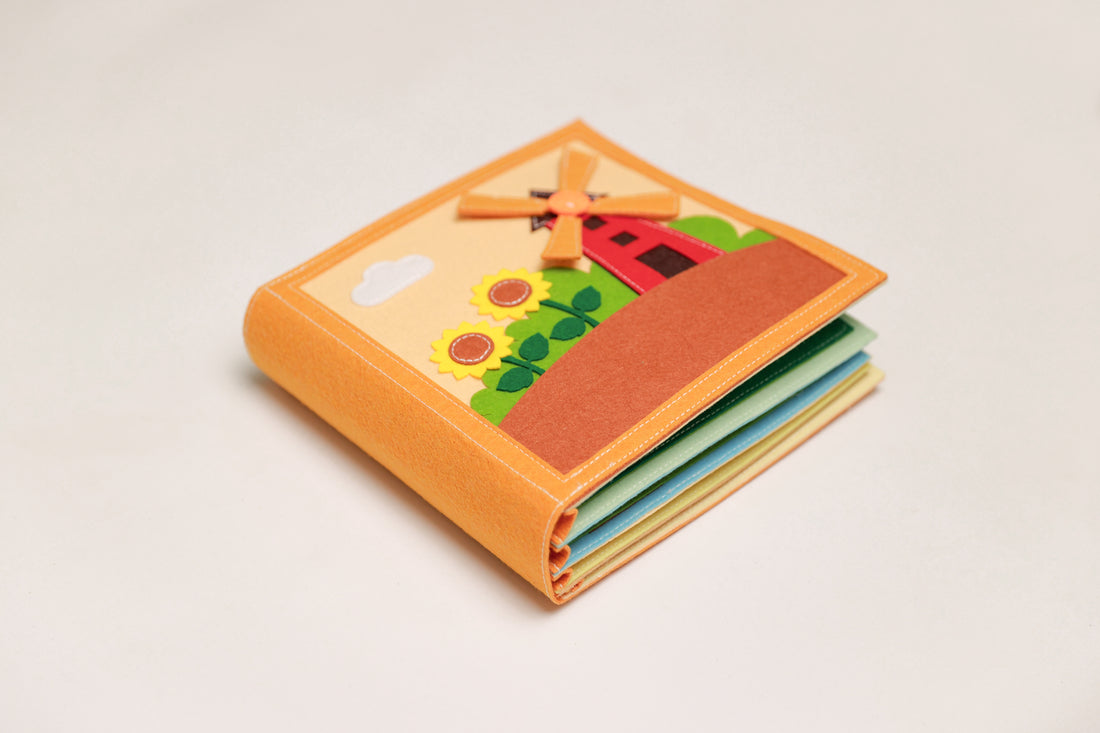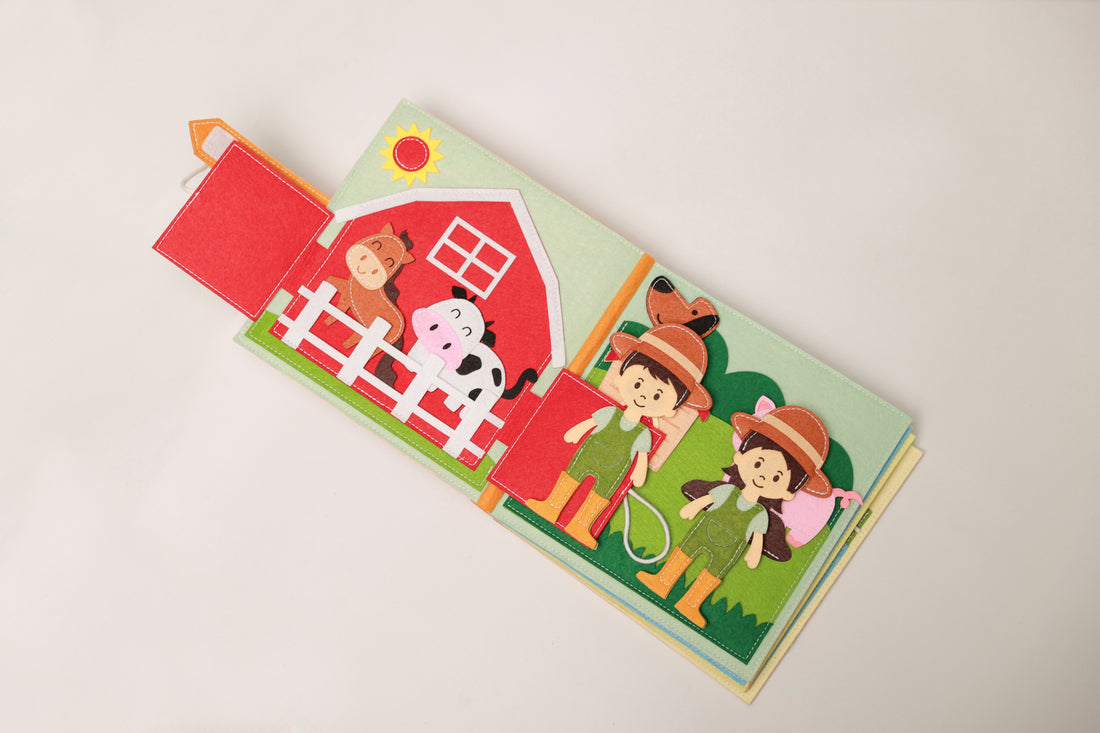I'm a special needs educator, and I've seen firsthand how quiet books can transform a child's learning journey. These tactile, colorful creations aren't just fun - they're vital tools for sensory development, fine motor skills, and cognitive growth.
And for our special needs toddlers, they're a calming, engaging way to explore the world. Let's delve deeper into the sensory benefits of quiet books for our precious little ones.
- Quiet books provide a multi-sensory experience that promotes sensory integration and enhances fine motor skills and tactile sensitivity.
- They offer a safe and engaging platform for toddlers with special needs to practice gripping, pinching, and coordinating hand movements.
- Quiet books foster cognitive growth by strengthening memory recall, fostering problem-solving skills, and nurturing early cognitive abilities.
- These books can be customized to create unique sensory experiences tailored to individual needs, helping improve focus, reduce anxiety, and provide therapeutic benefits.
Understanding Quiet Books: A Brief Overview
I've recently discovered the wonders of quiet books and want to share a brief overview of what they are and how they can benefit toddlers with special needs.Quiet books, filled with sensory experiences, are largely made of fabric and other soft materials. The Quiet Book Materials aren't limited to cloth but include buttons, zippers, ribbons, and other tactile items. They're handcrafted with care, and the Book Creation Process can be a labor of love.
Each page is designed to engage a child's senses and promote fine motor skills development. I've seen how these books can calm an overstimulated toddler or challenge a child who needs a bit more sensory input. It's a beautiful tool that combines learning with comfort and play.
How Quiet Books Support Sensory Development
It's fascinating to observe how these silent, tactile tomes can foster the growth of key developmental skills in children with unique requirements.Quiet books are an effective tool for sensory stimulation and therapeutic play, offering a multitude of benefits:
Sensory Stimulation:
- They engage multiple senses - sight, touch, and sometimes smell and hearing - promoting sensory integration.
- With varied textures and elements, they enhance fine motor skills and tactile sensitivity.
Therapeutic Play:
- They allow for non-verbal expression and exploration, fostering emotional growth and communication.
- They can also be tailored to each child's needs, providing a sense of familiarity and comfort.
As an advocate for inclusive learning, I'm thrilled to see how these books can offer such a rich, multi-sensory experience, aiding children's development in a subtle yet profound way.
Enhancing Fine Motor Skills With Quiet Books
In my experience, these soft, tactile storybooks are a fantastic way to help little ones hone their fine motor skills. They provide a safe, engaging platform to practice gripping, pinching, and coordinating hand movements. I've found that by incorporating book selection strategies and interactive storytelling techniques, I can further enhance the child's learning experience.
Below is a basic guide to help you choose the right quiet book:
| Book Feature| | Strategy | Benefit |
| Book Size | Select books that fit comfortably in the child's hands | Easier for the child to handle |
| Interactive Elements |
Look for books with buttons, zippers, or laces|
|
Helps improve fine motor skills |
| Story Content |
Choose stories that are of interest to the child |
Encourages engagement and motivation |
The Role of Quiet Books in Cognitive Growth
Beyond their role in developing fine motor skills, I'm convinced that these tactile storybooks, or quiet books, also play a significant part in cognitive growth. As a tool for interactive learning, they provide a hands-on experience that encourages toddlers to engage, think critically, and solve problems.
Cognitive Stimulation:
- Memory Enhancement: The repetitive nature of quiet books can help strengthen memory recall, vital in cognitive development.
- Problem Solving Skills: By presenting various scenarios and challenges, these books foster problem-solving capabilities.
Quiet books aren't just fun; they're educational too. Their impact is more profound than what meets the eye. Nurturing a child's cognitive abilities early on can set the stage for successful learning experiences in the future. Let's give our children the best start possible.
Using Quiet Books for Calming and Engaging Activities
I've found that these tactile storybooks, also known as quiet books, can be incredibly useful for calming and engaging activities, even without any words.
The beauty of quiet book customization is that it allows for the creation of unique sensory experiences tailored to individual needs. The different textures, shapes, and colors can be chosen to stimulate or soothe, providing therapeutic benefits for children with special needs.
I've seen firsthand how quiet books can help improve focus, and reduce anxiety and restlessness. The tactile engagement not only captivates their attention but also encourages exploration and interaction.
The books aren't just tools for learning and development, they're also a source of comfort and calm. It's amazing how much a simple book can do.
What Materials Are Typically Used in the Production of Quiet Books for Toddlers With Special Needs?
In crafting quiet books, I often use sustainable materials like felt, fabric, and buttons. They're durable, safe for toddlers, and offer a variety of textures for special needs children to explore and engage with.
Are There Specific Themes or Characters That Are More Beneficial in Quiet Books for Toddlers With Special Needs?
In my experience, quiet book customization is key. Themes or characters that resonate with a particular toddler's interests often enhance sensory stimulation techniques, making the learning experience more engaging for those with special needs.
How Can Parents and Caregivers Introduce Quiet Books to Toddlers Who Have Never Used Them Before?
Introducing quiet books to newbies requires patience. I'd suggest starting with basic quiet book adaptation techniques and gradually incorporating sensory stimulation methods, making it a fun, engaging, and therapeutic experience for the toddler.
Are There Any Potential Disadvantages or Risks Associated With Using Quiet Books for Toddlers With Special Needs?
I'm not aware of any major risks, but sensory overload could be a concern. It's key to balance stimulation with restful periods. Risk mitigation strategies, like gradual introduction, can certainly help.
Can Quiet Books Be Used as a Tool for Social Interaction or Are They Primarily for Individual Use?
I've found that quiet books can certainly be used for social interaction. They're not just for individual use. Their affordability and sensory stimulation techniques foster shared experiences and encourage communication between kids.
In conclusion, quiet books truly offer a world of sensory benefits for toddlers with special needs. They're not just fun; they're instrumental in developing fine motor skills and cognitive growth.
Plus, they can be a calming influence during challenging moments.
Simply put, these books are more than just a pastime – they're a powerful learning tool that can help your little one explore, learn and grow in a safe and engaging environment.
